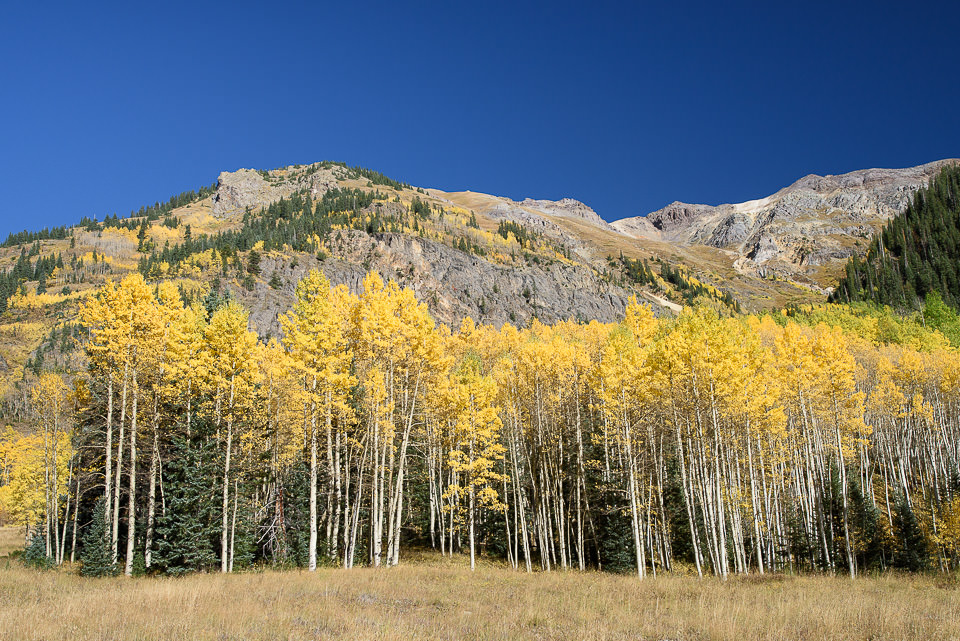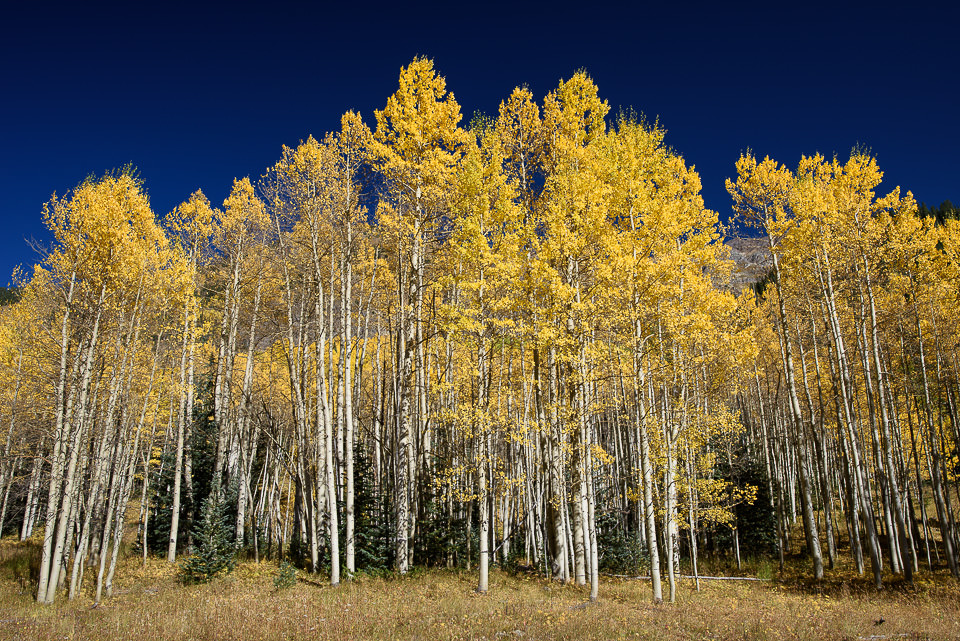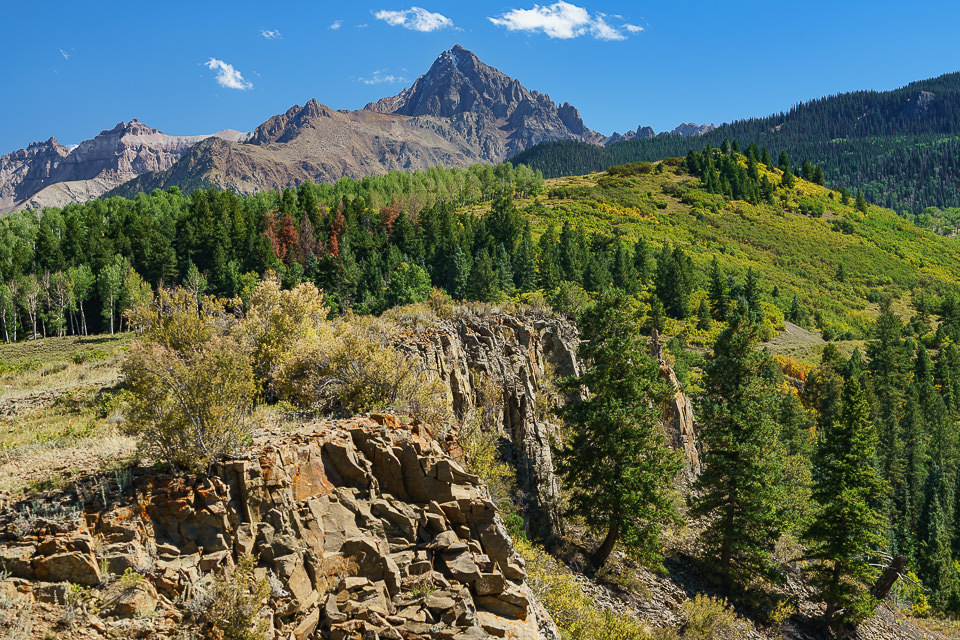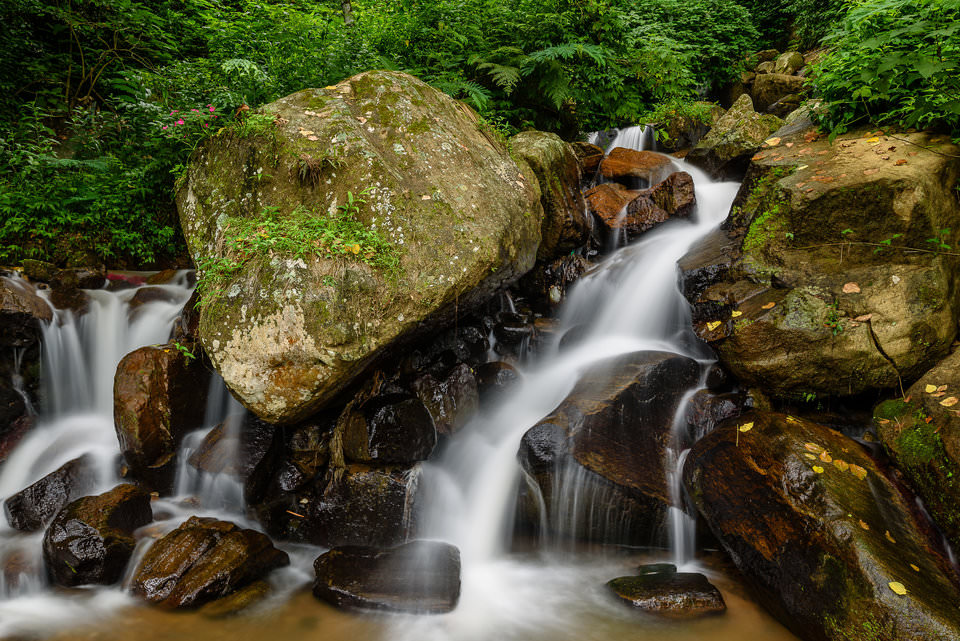Every once in a while, you will hear some photographers claim that lens filters are completely useless. Some will argue that only specific types of filters such as UV and protective filters are evil, while others will also include polarizing and ND filters into the mix, claiming that one could reproduce the effects of all those filters in post-processing software. Arguments for or against filters can spark a lot of heated debates in the photography community, similar to topics such as “Nikon vs Canon”, or “DSLR vs Mirrorless”. There are certainly some passionate individuals out there who are ready to stand their ground no matter what. And there is nothing wrong with that, as that’s what typically happens when there is truth on both side of the coin, depending on what angle you are looking at – there are certainly both pros and cons to using lens filters. Having been teaching photography for a number of years now, I have come across many different photographers of all skill levels in the field and I have come to realize that there is sadly quite a lot of misinformation out there regarding lens filters and their proper use. Many of us simply don’t know enough about not just filters themselves, but also their significant effect on our post-processing workflow. Although we have previously written many articles on lens filters, let’s explore filters once again and hopefully address some of the misconceptions about these important tools.
Polarizing Filter
A circular polarizing filter is a must-have tool for landscape and architecture photographers, because it does some things that software can never replicate. If you shoot side by side with a pro who knows what he/she is doing, you will see that they always carry one or more polarizing filter in their bag at all times. So what is the use of a polarizing filter and why would anyone need it? If you have been thinking that a polarizing filter is only needed to make the sky bluer, you certainly need some help in understanding their primary role. When I teach workshops, the first thing I point out, is that a polarizing filter is NOT designed for the purpose of darkening the sky. It is one of the outcomes and in fact, often an undesired one! When using wide angle lenses, one could screw up the sky by making one part of it appear much darker than the other, as seen below:

And when a lens is pointed at a point of maximum degree of polarization, the sky can turn unnaturally dark, as seen below:

Hence, one must know how to properly use a polarizing filter to avoid such strange effects on images.
Does this make the polarizing filter useless? Of course not. In fact, I will not leave my house to photograph landscapes without one in my bag – that’s how valuable a polarizing filter is for me! My primary purpose for using a polarizing filter is to reduce haze. As you may already know, haze can be really difficult to deal with. When photographing distant landscapes, haze is a very common occurrence. It can happen due to humidity, pollution, dust and smoke presence in the air, which all reflect sun rays back into the camera, resulting in reduced contrast. It can happen any time during the day, even during the golden hours.
Polarizing filters, first and foremost, are designed to reduce reflections. By reducing direct reflections (which is achieved by finding the right angle through rotating the front element of a polarizing filter), one can effectively reduce and sometimes even completely eliminate such atmospheric reflections.
Let’s take a look at a couple of images that I quickly grabbed from my Lightroom catalog:
Looking at these two images, you would quickly realize that there is a dramatic difference between the two images. Both are “as is, straight out of the camera”, meaning, I did not apply any post-processing to them. The “Before” image is the one I captured before mounting a polarizing filter and the “After” image was captured with a polarizer attached and rotated to reduce the reflections in the scene. As you can see, there are huge differences throughout the image. First, the image with the polarizing filter has significantly less haze in the distant mountains. Second, take a look at the colorful areas of the image – the reds and the yellows appear more saturated. Also note how the evergreens appear completely different, looking greener and lighter in comparison. This is all the result of reduced direct reflections. Without a polarizing filter, the greens appear “dirty”, giving evergreens a much darker and uglier tone. Lastly, note the difference in the sky – the clouds appear to pop out much more and the sky looks a bit more saturated and darker. This is all the result of cutting down on the reflections, something you could never reproduce in post.
The only downside here is the uneven sky introduced by the polarizer, but with a couple of good techniques in software, I could address such problems very easily.
Now one could argue that with good post-processing skills, it would be possible to simulate the effects of a polarizing filter. And to those who bring up this point, my argument would be that I have a much better starting point to work with in comparison. With just a couple of adjustments in Lightroom, which took me no more than a minute, I was able to make my image look even better:

All I did was even out the sky with two GND filters, adjust camera profile, add a bit more contrast and a few minor tweaks here and there. I cannot even imagine trying to adjust all the colors selectively in my image. It would take me hours of work in Photoshop and I can guarantee that the result would not even be close.
And this is just one sample image. I could showcase hundreds of images, which would not have been possible without a polarizing filter. For example, when photographing waterfalls, a polarizing filter is an indispensable tool. I would love to see someone recreate the following photograph without a polarizing filter:

When photographing waterfalls, you deal with highly reflective rocks, since they have water and other wet vegetation on them, all of which send nasty reflections right into your camera. A polarizing filter makes a huge difference in such situations, not only significantly cutting down on those reflections, but also increasing the overall saturation and contrast of the image.
In short, it is impossible to simulate the effect of a polarizing filter using software!
ND and GND Filters
Other filters that are impossible to simulate in post-processing are Neutral Density (ND) and Graduated Neutral Density (GND) filters. ND filters are often needed when photographing with fast primes in daylight. When shooting wide open at f/1.4, the amount of light entering into the lens can be too much for the camera to handle, maxing out the shutter speed. If an ND filter is not used, the image will be blown out, which is impossible to recover in post. And if one uses flash in such conditions, it makes matters even worse.
Another case is using ND filters for slowing down the shutter speed. Sometimes one might want to intentionally blur fast action by “dragging” the shutter, or perhaps slow things down dramatically to make them disappear or appear smooth-looking.
For the earlier image of the waterfall, I had to decrease my ISO to 50 with the polarizing filter, which gave me a shutter speed of 5 seconds. If I wanted to increase the exposure duration even further for long exposure photography, my only option would be to use an ND filter.
Now one could argue that capturing a sequence of images, then stacking them in Photoshop could result in a similar image, but I disagree for two reasons. First, how much time, storage and effort would I have to waste by opening a bunch of RAW files and stacking them to produce a single TIFF file that I can no longer edit like RAW afterwards? All I have to do is use a single filter, which takes 30 seconds to mount and I end up with a single exposure that works. With a filter, I could even take a few shots and stitch a panorama with massive resolution – good luck trying to do that with a few hundred stacked images – that just sounds ridiculous to me. Second, the result of using a single exposure vs a bunch of stacked images is never going to be the same. When doing long exposures, I could use different techniques, such as partially blocking one area of the image to reduce its brightness, in order to yield the results I need. With the image sequence technique, there is also more potential for camera shake. Why go through all this hassle if you can do it all right in the camera?

In other cases when panning motion, one needs to use slow shutter speeds, which can be problematic to achieve on a bright and sunny day, particularly at wider apertures. While decreasing ISO to the lowest number and stopping down the lens are good options, using an ND filter would simplify the task by cutting down the amount of light entering through the lens.
And I won’t even go into the details on why GND filters are so valuable. If you are one of those photographers who thinks that “HDR can save it all”, good luck! The Internet is already full of over-saturated HDR images with zero contrast and your contributions to “Grunge HDR” will probably welcome you to a few local photography clubs with other HDR maniacs. In all seriousness, and not that I have anything against HDR (ahem, ahem), before you get stuck in that HDR hole, please take your time to learn how to properly use GND filters. Your camera has so much dynamic range, that if you couple it with GND filters, you can yield beautiful images that do not scream “unnatural” to your fans.
UV / Protective Filters
Let’s get UV filters out of the way – indeed, unless you are using a film camera, they are completely useless for the task of blocking UV. That’s already done by your sensor filter stack, which contains a UV blocking filter. Today, UV filters are only used as “protective” filters, for the purpose of protecting your lenses against damage.
Are protective filters necessary? It depends. For photographers who take a good care of their gear and who rarely shoot in tough conditions, protective filters are probably not needed. However, I personally use protective filters on all of my lenses. Why? Because I shoot in all kinds of conditions, which can be quite damaging to gear. If you have never shot in sandy environments, you probably have not experienced sand scratching the front element of the lens when you try to clean it. I have shot in a number of very “sandy” locations like the Great Sand Dunes NP, Death Valley NP and White Sands NM and I have seen what sand can do to equipment. Similar to diamonds, sand can grind through pretty much any kind of glass, even very tough “guerrilla” glass we see on high-end devices today. So having a protective filter really helps in such environments, because a piece of $80 glass is far cheaper to replace when compared to a $2K pro-level lens.
And I don’t just do it for protection reasons – many lenses have round front elements, which can be really tough to clean. In some cases, the front element of a lens is deeply recessed inside the barrel (such as the Nikkor 50mm f/1.8G), making them really hard to clean! Attaching a filter on such a lens can save a lot of time in the field. So for me personally, it is insurance + convenience.
Now some photographers will argue that damaged front elements do not harm images. It is true, but it again depends on what you photograph! A lens with a scratched front element might not lose its resolving power, but its overall contrast and ghosting + flare performance might diminish, especially if there are many deep cuts. And it also harms the resale value of a lens – very few people want to buy lenses with scratched up front elements.
Others will say that protective filters reduce image quality, which is why they advocate against using them. Again, it depends! If we are dealing with cheap, low-quality filters, then the statement is absolutely true! However, if one uses high-quality filters, there is zero degradation of image quality. In fact, I have provided a study before, which demonstrates the effect of using poor-quality vs high-quality filters. Another interesting study specifically addressed the effect of lens filters on the resolving power of lenses. As you can see from both studies, if you use high-quality lens filters, you have nothing to worry about!
Now this does not mean that I always leave protective filters on my lenses. In some situations (such as when including a bright source of light such as the sun in the frame), I typically remove all filters, as they can potentially add more flare and ghosting to images.
Hope the above article addresses some of the questions you might have on lens filters. If you need additional information on lens filters, please see our detailed lens filters explained article. If you are wondering about what filters to get for landscape photography, see this article.